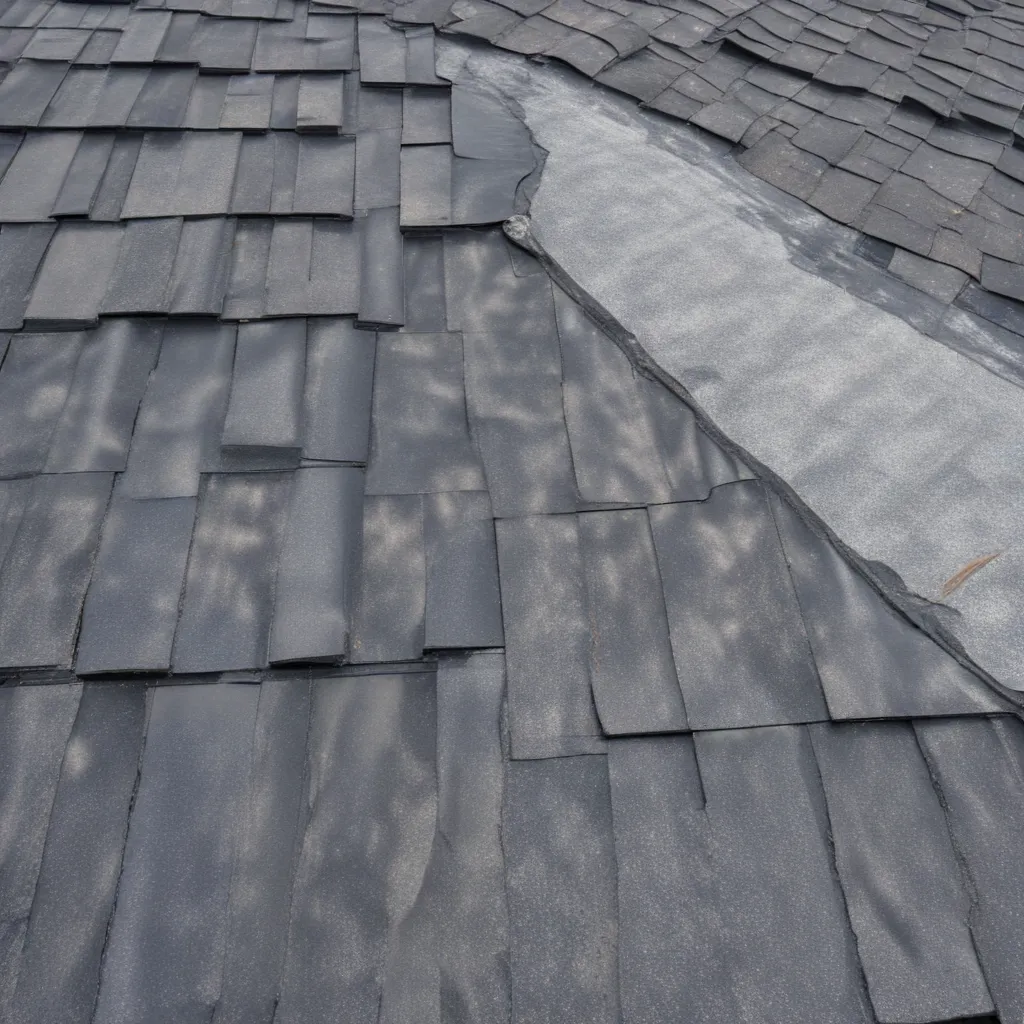
When it comes to protecting your home from the elements, your roof is the first line of defense. From tile and composite innovations to the growing popularity of metal roofs, the roofing industry is constantly evolving to provide durable, energy-efficient, and aesthetically pleasing options. In this comprehensive guide, we’ll dive into the latest weatherproofing techniques, covering everything from proper underlayment installation to storm-proofing strategies and maintenance best practices.
Roofing Materials: Enhancing Weather Resistance
Common Roofing Materials
Traditional asphalt shingles remain a popular choice for many homeowners due to their affordability and relatively straightforward installation. However, these standard shingles may not offer the same level of weather resistance as some specialized roofing materials.
Tile roofing, for instance, is renowned for its exceptional durability and resistance to environmental damage. Crafted from clay or concrete, tile roofs can withstand high winds, heavy rain, and even hail with minimal degradation. The inherent strength of tile, combined with its ability to reflect solar radiation, makes it a compelling option for homeowners in regions prone to severe weather.
Specialized Roofing Materials
Composite shingles, made from a blend of materials like recycled plastics and rubber, have emerged as a versatile alternative to traditional asphalt. These innovative products often boast enhanced impact resistance, fire retardancy, and longevity, making them a smart choice for homeowners seeking a durable, low-maintenance roofing solution.
For those looking to maximize energy efficiency, metal roofs have become increasingly popular. Metal’s exceptional reflective properties can significantly reduce a building’s cooling costs, while also providing excellent protection against high winds, heavy snow, and other extreme weather conditions. Furthermore, metal roofs are non-combustible, offering an added layer of fire safety.
Choosing the Right Roofing Material
When selecting a roofing material, it’s essential to consider your local climate and the specific challenges it presents. Homeowners in hurricane-prone regions, for instance, may prioritize impact resistance and wind uplift protection, making impact-rated tiles or metal roofs a prudent choice. In areas with heavy snowfall, a roof system designed to shed snow and ice quickly can prevent dangerous accumulation and potential structural damage.
Equally important is ensuring that the underlayment – the waterproof barrier installed beneath the visible roofing material – is appropriate for the climate and roofing system. High-quality underlayment, such as synthetic or self-adhered membranes, can enhance a roof’s overall weatherproofing capabilities.
Roof Preparation: The Foundation for Weatherproofing
Inspecting the Roof
Before implementing any weatherproofing techniques, it’s crucial to conduct a thorough inspection of your roof. Look for signs of wear, damage, or deterioration, such as cracked or missing shingles, compromised flashing, or areas of ponding water. Addressing these issues proactively can help prevent more significant problems down the line.
Cleaning the Roof
Regularly cleaning your roof can significantly improve its weatherproofing capabilities. Remove debris, such as leaves, twigs, and dirt, which can accumulate and potentially clog drainage systems or provide a breeding ground for moss and algae. A clean roof surface allows for optimal sealant and coating adhesion, ensuring a robust weatherproofing barrier.
Repairing Roof Damage
Any existing damage, such as holes, cracks, or missing components, must be addressed before applying weatherproofing measures. Replacing damaged shingles, repairing flashing, and addressing issues with the roof deck or structural members will create a solid foundation for your weatherproofing efforts.
Weatherproofing Techniques: Safeguarding Your Roof
Sealants and Coatings
Applying high-quality sealants and coatings is a crucial step in enhancing a roof’s weatherproofing capabilities. These products can help seal and protect vulnerable areas, such as around chimneys, vents, and skylights, where water intrusion is most likely to occur. Additionally, some specialized coatings can improve a roof’s reflectivity, reducing heat absorption and potentially lowering energy costs.
Flashing Installation
Proper flashing installation is essential for preventing water infiltration and ensuring a weathertight roof system. Flashing, typically made of metal or specialized membranes, is strategically placed around the roof’s perimeter, penetrations, and transitions to redirect water away from vulnerable areas. Ensuring that flashing is properly sealed and integrated with the roofing materials is key to maintaining a robust weatherproofing barrier.
Ventilation Systems
Effective roof ventilation plays a significant role in weatherproofing by controlling temperature and moisture levels within the attic or roof assembly. Properly installed ridge vents, soffit vents, and other ventilation systems can help regulate airflow, preventing the buildup of heat and humidity that can lead to premature roof deterioration or the formation of ice dams in colder climates.
Maintenance and Upkeep: Protecting Your Investment
Periodic Inspections
Regular roof inspections, performed at least once or twice a year, are crucial for identifying and addressing any emerging issues before they escalate. These inspections should include a thorough examination of the roof surface, flashing, and ventilation systems, allowing you to proactively address any problems and maintain the overall weatherproofing integrity.
Addressing Weather Damage
In the aftermath of severe weather events, such as hurricanes, hail storms, or heavy snowfall, it’s essential to carefully inspect your roof for any damage. Promptly repairing issues like punctured or dislodged shingles, compromised flashing, or structural problems can help prevent further deterioration and water intrusion.
Proactive Maintenance Strategies
Consistent proactive maintenance is the key to ensuring the long-term weatherproofing of your roof. This may include regularly cleaning gutters and downspouts, trimming overhanging trees, and addressing any minor leaks or cracks as soon as they are detected. By staying vigilant and taking a proactive approach, you can extend the lifespan of your roof and safeguard your home against the elements.
Weatherproofing your roof is an essential investment in the protection and longevity of your home. By choosing the right roofing materials, properly preparing your roof, and implementing the latest weatherproofing techniques, you can ensure your home remains dry, energy-efficient, and secure, no matter what Mother Nature has in store. For more information on Genuine Roof Systems’ comprehensive roofing solutions, visit https://www.genuineroofsystems.com.

























